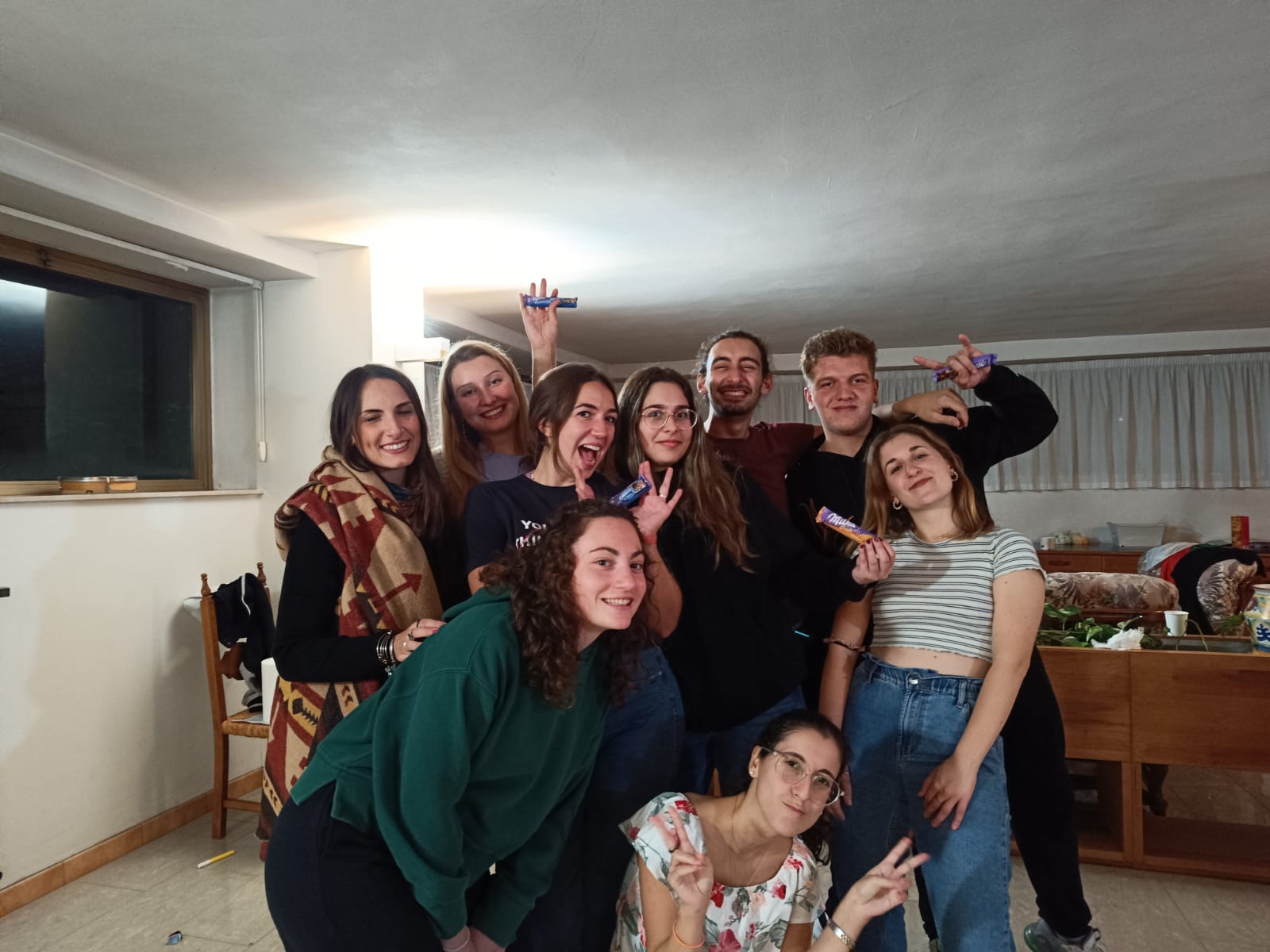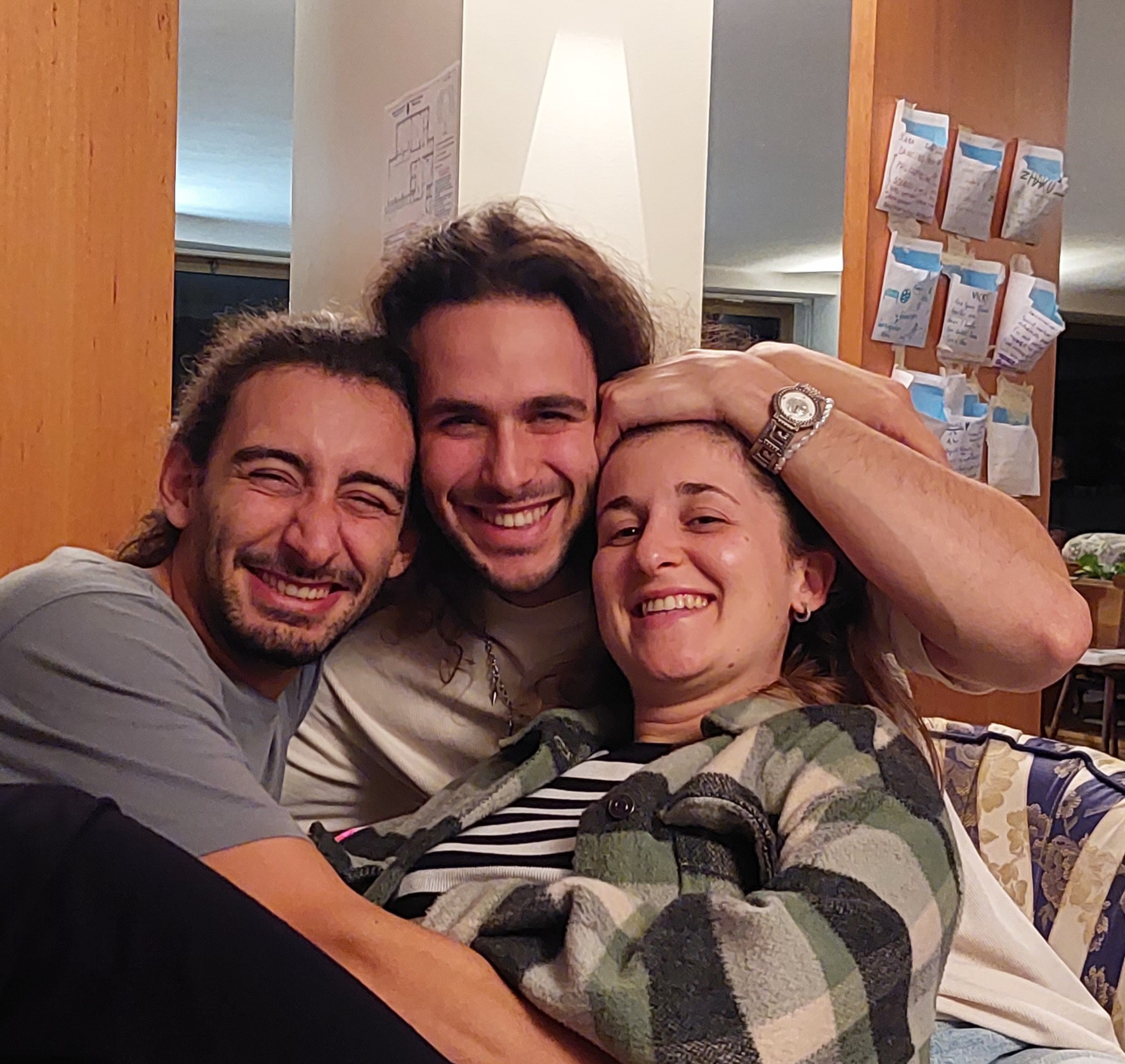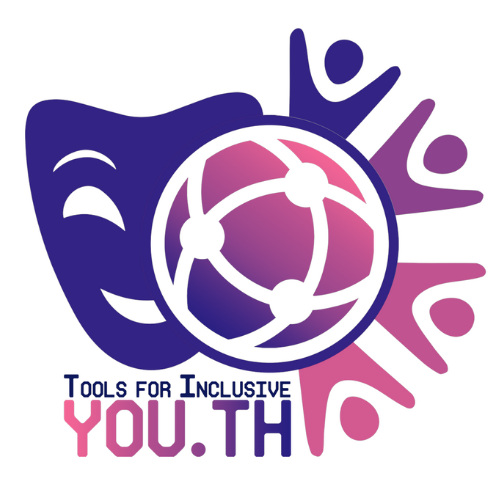The mobility of young people aimed to test the efficiency, practical implementation, effectiveness and usability of the results working directly with young people, and most of all, validate them also at European level by the application in an international and intercultural environment.
32 youngsters (8 per country) aged 18-30 were selected among the young people already involved in the local piloting or other local activities. The groups were accompanied by 1 youth worker per national group (in total 36 participants).
The activities were facilitated by the group of youth workers so as to apply their new competences and knowledge within a EU mobility. During the mobility of young people, they experienced, and we piloted and tested our results.
This activity took place in Tabiano (Italy) on 16-24 October 2023, immediately after the local piloting, to ensure their engagement and their preparation provided by youth workers.

The role of the young participants not only allowed us to test and assess the results, but they were actively involved in providing suggestions useful for quality and improvement and follow up activities. Moreover, during the mobility we filmed the implementation of some selected activities gathering the video material for the last result. Youngsters were therefore real protagonists of the results production.
The LTTA also aimed to assess the digital dimension, as well as the effectiveness of the support received by youth workers trained during the previous mobility.
It created a learning environment where participants experienced inclusive NFE activities, cultural exchange, workshops and self-reflection.
AIMS & OBJECTIVES
-Work on inclusion of young people and improve quality and inclusion in youth work at EU level
-Share experiences among the participants
-Develop their attitude towards creativity in their everyday life
-Develop their attitude to address their emotions
-Assess the pilot
-Introduce the group reflection as learning tool (based on the key competences in the Youthpass)
-Test and validate the results and the possibility to integrate the digital youth work with the in a blended modality
-Empower them to take active part in the production of our results
-Involve them not only in the testing process but also in providing suggestions for improvements and possibilities of follow up activities tailor-made on their needs
-Engage and involve them in the sharing and promotion process
Methodology and tools were chosen in order to meet the needs and objectives of the project. The methodology was based on NFE methods, on developing and challenging individuals and groups through a creative stimulation that connects objectives and contents with personal experiences. Participants were engaged intellectually, emotionally, socially and physically in the mobility. Learning process was based on interaction among participants and facilitators.


